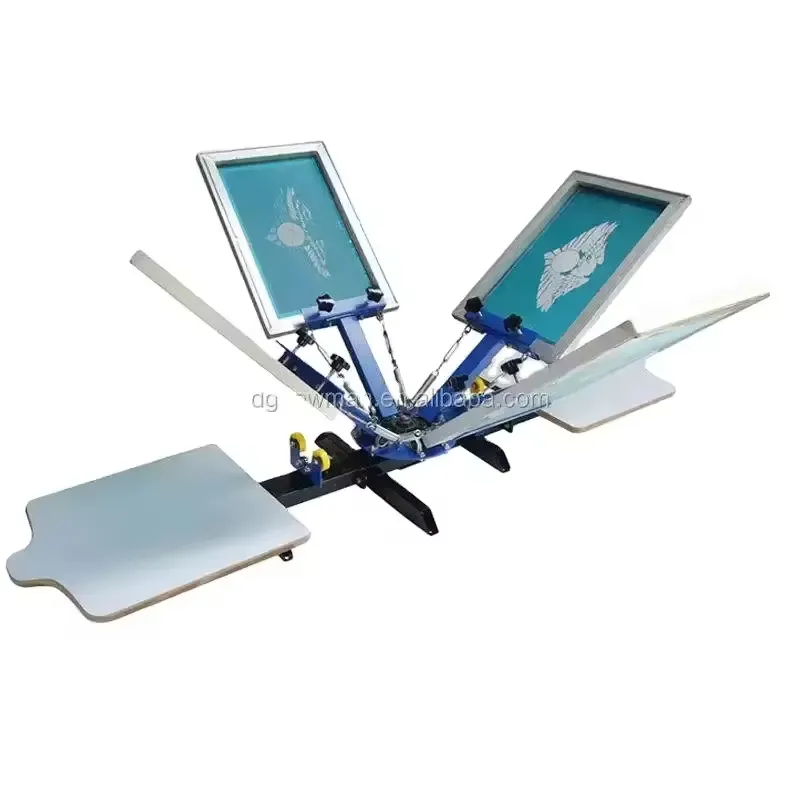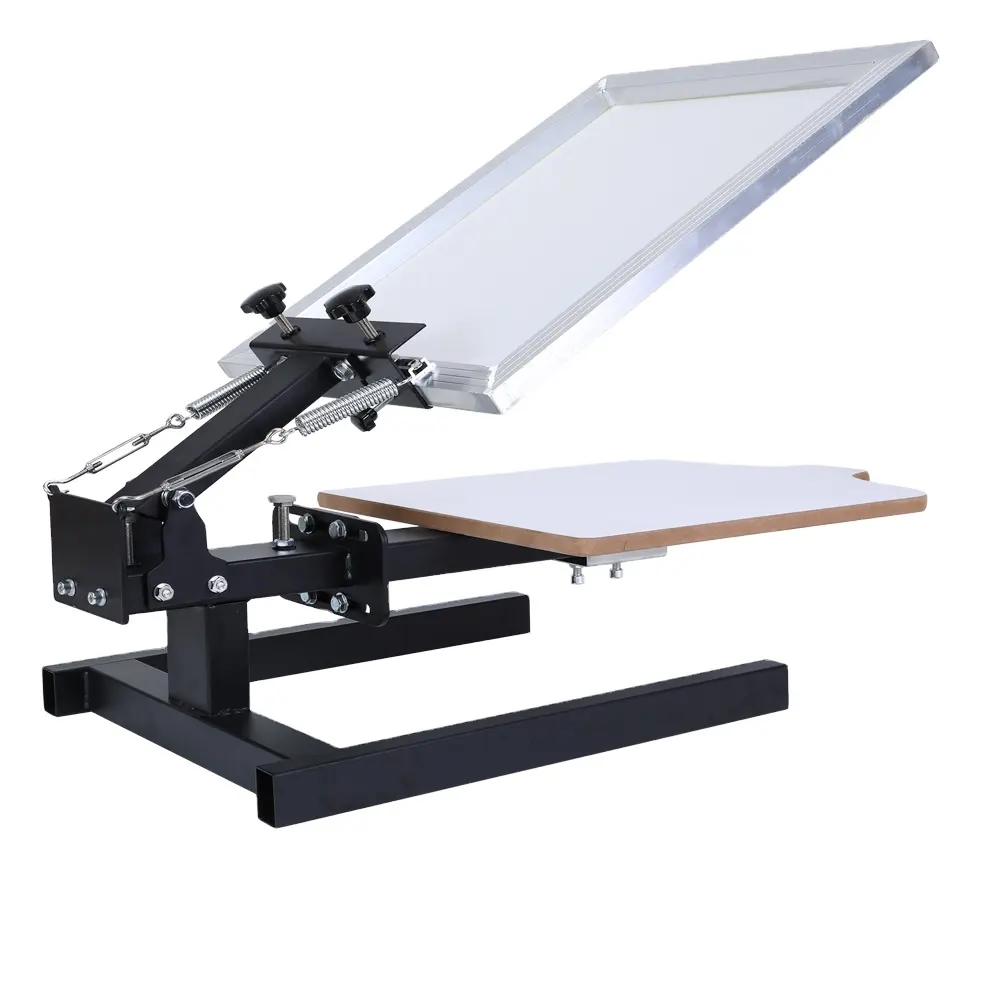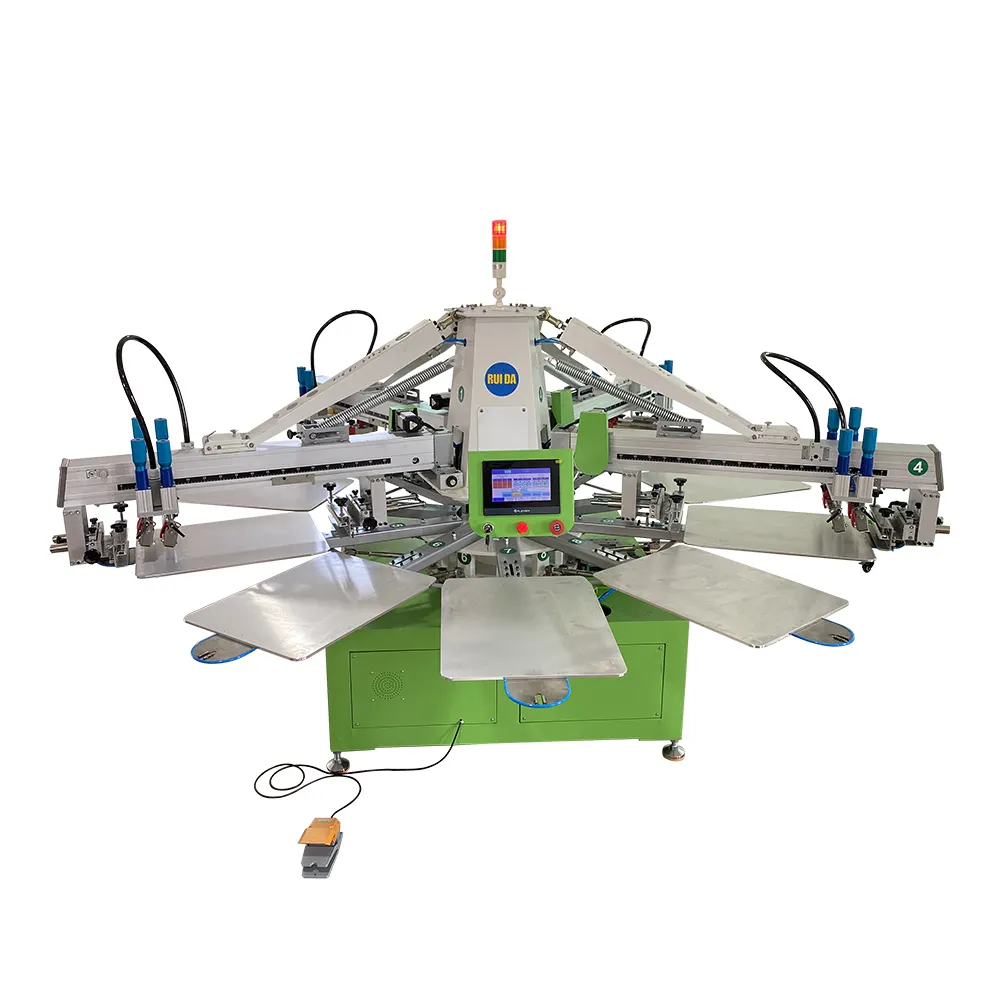การพิมพ์หน้าจอสีเต็มตัวอักษร
การพิมพ์หน้าจอสีเต็มเป็นเทคนิคการพิมพ์ที่หลากหลายและซับซ้อน ซึ่งช่วยให้สามารถสร้างการออกแบบที่มีสีสันสดใสและหลายสีบนพื้นผิวต่างๆ ได้ กระบวนการนี้ใช้ระบบตาข่าย โดยหมึกสีต่างๆ จะถูกนำไปใช้อย่างต่อเนื่องผ่านหน้าจอแยกกันแต่ละอัน ซึ่งแต่ละอันจะสอดคล้องกับช่องสีเฉพาะ เทคนิคนี้ใช้แบบจำลองสี CMYK (Cyan, Magenta, Yellow และ Key/Black) ซึ่งช่วยให้สามารถสร้างส่วนผสมของสีใดๆ ก็ตามผ่านการวางชั้นของสีหลักเหล่านี้ กระบวนการเริ่มต้นด้วยการแยกงานศิลปะออกเป็นองค์ประกอบสีต่างๆ จากนั้นจึงสร้างหน้าจอแยกสำหรับแต่ละสี หน้าจอเหล่านี้จะถูกจัดเรียงอย่างแม่นยำและใช้งานตามลำดับเพื่อสร้างภาพสุดท้าย การพิมพ์หน้าจอสีเต็มสมัยใหม่รวมเอาเทคโนโลยีขั้นสูงสำหรับการเตรียมหน้าจอ เช่น ระบบคอมพิวเตอร์ไปยังหน้าจอและการลงทะเบียนอัตโนมัติ เพื่อให้มั่นใจในความแม่นยำของการจัดเรียงสีและความคมชัดของงานพิมพ์ 方法นี้ได้รับการยกย่องโดยเฉพาะในงานเชิงพาณิชย์และอุตสาหกรรม เนื่องจากมีความทนทานยอดเยี่ยมและความคงทนของสีบนวัสดุหลากหลาย รวมถึงผ้า เครื่องพลาสติก เหล็ก และผลิตภัณฑ์กระดาษ ความหลากหลายของการพิมพ์หน้าจอสีเต็มทำให้เหมาะสำหรับการผลิตทุกอย่างตั้งแต่วัสดุประชาสัมพันธ์และป้ายโฆษณา ไปจนถึงเสื้อผ้าแบบกำหนดเองและชิ้นส่วนอุตสาหกรรม โดยสามารถบรรลุรายละเอียดเล็กๆ น้อยๆ และการครอบคลุมสีกว้างในกระบวนการพิมพ์เดียว


